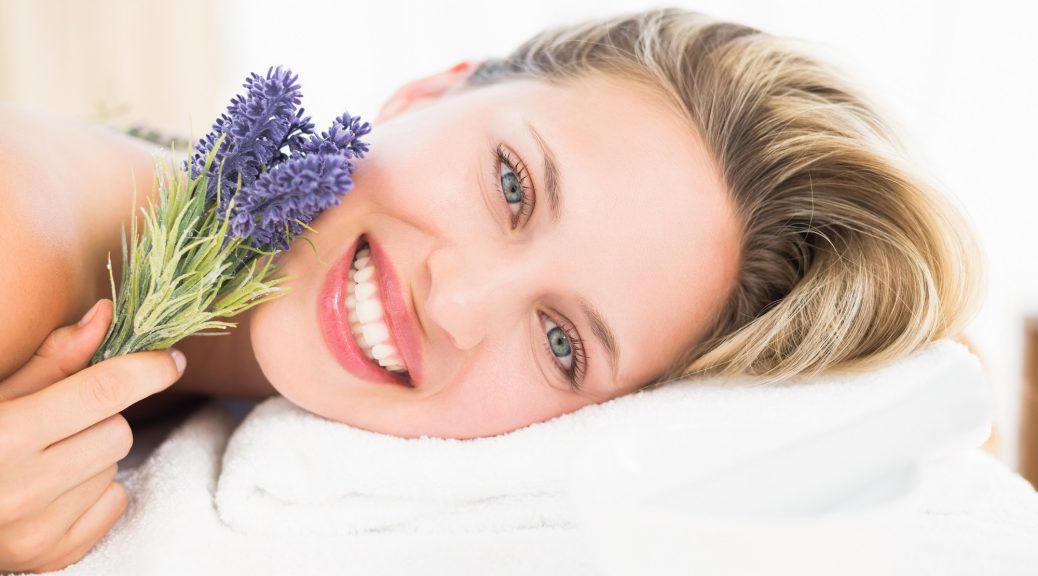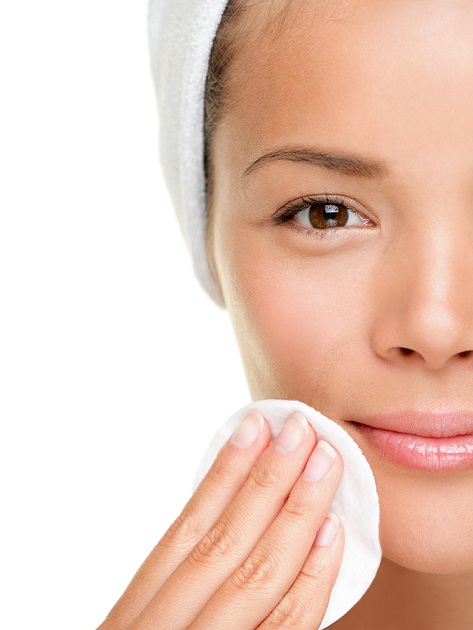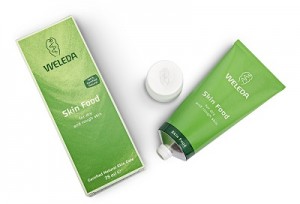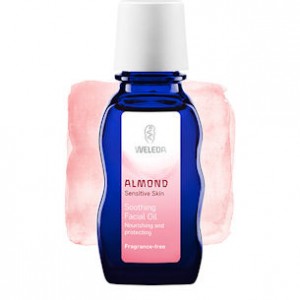
Botanicals for Skin Complaints
We’ve discovered the most common skin complaints and recommend the most effective botanicals to help relieve symptoms…
Sensitive Skin- Prone to Redness & Blotchiness
The top three botanicals to look for are licorice, oats and camomile. Licorice (Glycyrrhiza glabra) contains anti-inflammatory properties. Oats (Avena sativa) relieve dryness and inflammation. Camomile (Matricaria recutita) calms redness.
Oily Skin- Prone to Acne
There are two botanical ingredients that help soothe oily, acne-prone skin. Camomile (Matricaria recutita) reduces redness, and witch hazel (Hamamelis virginiana) is an antioxidant and has anti-irritating properties.
Dry Skin- Prone to Dry Patches
Sea buckthorn oil, evening primrose oil, rosehip seed oil and jojoba oil are all helpful when it comes to dry patches of skin. Sea buckthorn oil (Hippophae rhamnoides) contains a high percentage of vitamin C, which has healing properties. Evening primrose oil (Oenothera biennis) has anti-inflammatory and emollient properties. Rosehip seed oil (Rosa canina) improves texture and is a natural source of anti-aging retinoic acid. It is also high in vitamin C and linoleic and linolenic acids which are anti-inflammatory. Jojoba oil (Simmondsia chinensis) enhances the skin’s healing ability and barrier repair properties.
First Signs of Aging
The three plant ingredients to seek out are green tea, caffeine and grapeseed oil. Green tea (Camellia sinensis) fights free radicals through its anti-inflammatory properties. Caffeine (Coffea Arabica) helps reduce puffiness. Grapeseed oil (Vitis vinifera) offers a high dose of antioxidants that are proven to enhance the synthesis of healthy collagen and elastin to eliminate fine lines.
Pigmentation
Vitamin C, soy and licorice (Glycyrrhiza glabra) all help to reduce pigmentation in the skin. Vitamin C increases collagen production, improves skin’s repair process and reduces skin discolouration. Soy (extract) decreases the effects of UVB exposure and is a powerful anti-inflammatory and antioxidant agent. Licorice (Glycyrrhiza glabra) has anti-inflammatory properties.
Try Weleda’s Botanical Facial
This year Weleda are celebrating 90 years of their Skin Food product, which contains four plant actives: chamomile, wild pansy, calendula and rosemary.
This facial skincare routine is designed to restore radiance, using some additional Weleda products that complement the action and fragrance of Weleda Skin Food.
Step 1.
COMPRESS: Soak a face flannel in hot water with a little Rosemary Bath Milk, wring the flannel so it’s only damp but still warm and apply to the face to open up the pores and wake up/perk up the circulation. If skin would benefit from calming/soothing rather than stimulating, try the Lavender Bath Milk. If skin is hypersensitive, the gentle Calendula Baby Cream Bath could be used instead which is less aromatic.
Step 2.
CLEANSE: Using the Almond Soothing Cleansing Lotion on two damp cotton wool pads, remove grime and make-up. Use both hands simultaneously, mirror image, for a lovely balanced feeling. Around the eyes, gently cleanse with Almond Soothing Facial Oil to remove eye make-up. Warm or luke-warm cotton wool pads are preferable to very cold water on the eyes.
Optional extra.
PUFFINESS: If more time, organic unbleached chamomile tea bags can be used as an eye compress (lightly soak tea bags in a little hot water to gently infuse, allow to cool slightly in a bowl or saucer before applying) whilst the facial massage is being done or the mask is on (to complete the Skin Food experience). The calming chamomile fragrance relaxes.
Step 3.
MASSAGE: Using the fragrance-free Almond Soothing Facial Oil, gently massage the face to stimulate the circulation and relax the soft tissues, tailoring the massage to the individual.
Step 4.
MASK: Apply a generous layer of Skin Food, warming it between your hands to make it easier to work with, and leave on the face as an intensive treatment for five minutes (or longer if time allows). If you have combination skin with an oily T-zone, just use Skin Food on the cheeks and drier areas, to avoid overloading the skin.
Step 5.
COMPRESS: Soak a face flannel in hot water with a little Lavender Bath Milk and apply to the face to release the mask. Gently lift away any  excess Skin Food with the flannel and gently wipe/tidy any remaining thick areas of cream using a damp cotton pad (this may not be necessary if it has been absorbed).
excess Skin Food with the flannel and gently wipe/tidy any remaining thick areas of cream using a damp cotton pad (this may not be necessary if it has been absorbed).
Step 6.
MOISTURISE: Depending on the skin, finish with a light application of Almond Soothing Facial Lotion to moisturise (for younger/oilier skin, this may not be necessary if Skin Food has worked its magic).
